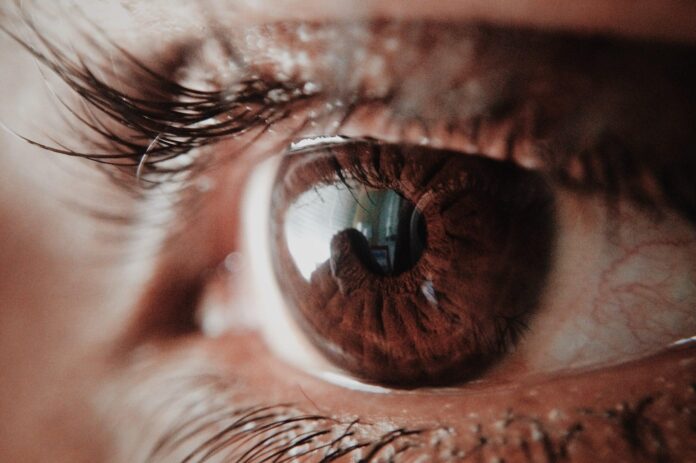
Diabetic retinopathy is a serious complication of diabetes that affects the eyes and can lead to vision loss or blindness if left untreated. It is important for individuals with diabetes to be aware of the causes, symptoms, and treatment options for this condition in order to prevent permanent damage to their vision.
Causes of Diabetic Retinopathy
Diabetic retinopathy is caused by damage to the blood vessels in the retina, the light-sensitive tissue at the back of the eye. High levels of blood sugar in individuals with diabetes can lead to damage of the small blood vessels in the retina, causing them to leak fluid or blood. Over time, this damage can lead to the development of diabetic retinopathy.
There are several risk factors that can increase the likelihood of developing diabetic retinopathy, including:
– Poorly controlled blood sugar levels
– High blood pressure
– High cholesterol
– Smoking
– Obesity
– Pregnancy
Individuals with Type 1 or Type 2 diabetes are at risk of developing diabetic retinopathy, but the risk is higher for those who have had diabetes for a longer period of time.
Symptoms of Diabetic Retinopathy
In the early stages of diabetic retinopathy, there may be no symptoms or only mild symptoms that do not cause significant vision problems. As the condition progresses, symptoms may become more apparent and can include:
– Blurred or distorted vision
– Floaters (dark spots or lines that appear to float in the field of vision)
– Difficulty seeing at night
– Loss of central vision
– Changes in color perception
If left untreated, diabetic retinopathy can cause severe vision loss or even blindness. It is important for individuals with diabetes to have regular eye exams to monitor for signs of diabetic retinopathy and other eye complications.
Treatment Options for Diabetic Retinopathy
There are several treatment options available for diabetic retinopathy, depending on the stage and severity of the condition. The goal of treatment is to prevent further damage to the retina and preserve vision.
Some of the treatment options for diabetic retinopathy include:
– Laser photocoagulation: This procedure uses a laser to seal leaking blood vessels in the retina and reduce swelling. It can help prevent further damage to the retina and preserve vision.
– Intravitreal injections: Injections of medications into the eye can help reduce swelling and inflammation in the retina, improving vision and slowing the progression of diabetic retinopathy.
– Vitrectomy: In severe cases of diabetic retinopathy, a vitrectomy may be necessary to remove blood or scar tissue from the vitreous gel in the eye. This can improve vision and prevent further damage to the retina.
– Medications: Anti-VEGF medications can be used to reduce the growth of abnormal blood vessels in the retina, slowing the progression of diabetic retinopathy.
In addition to these treatments, it is important for individuals with diabetes to control their blood sugar levels, blood pressure, and cholesterol to reduce the risk of developing diabetic retinopathy. Lifestyle changes such as quitting smoking, maintaining a healthy weight, and exercising regularly can also help prevent or slow the progression of the condition.
Conclusion
Diabetic retinopathy is a serious complication of diabetes that can lead to vision loss or blindness if left untreated. It is caused by damage to the blood vessels in the retina due to high blood sugar levels. Symptoms of diabetic retinopathy may include blurred vision, floaters, and difficulty seeing at night.
Treatment options for diabetic retinopathy include laser photocoagulation, intravitreal injections, vitrectomy, and medications. It is important for individuals with diabetes to have regular eye exams to monitor for signs of diabetic retinopathy and other eye complications. By controlling blood sugar levels, blood pressure, and cholesterol, individuals can reduce their risk of developing diabetic retinopathy and preserve their vision for the future.












